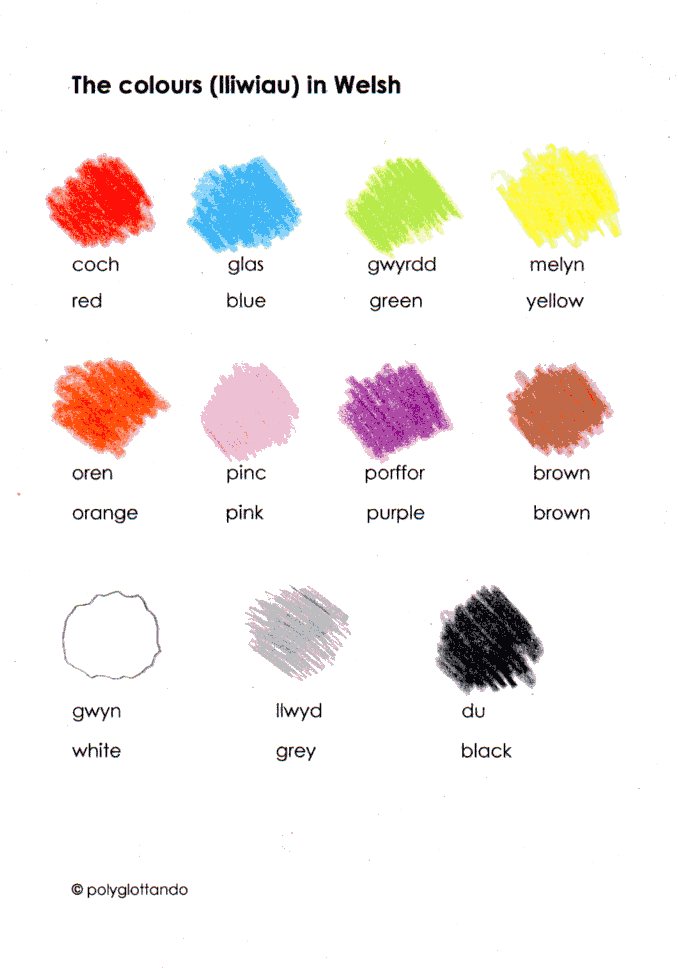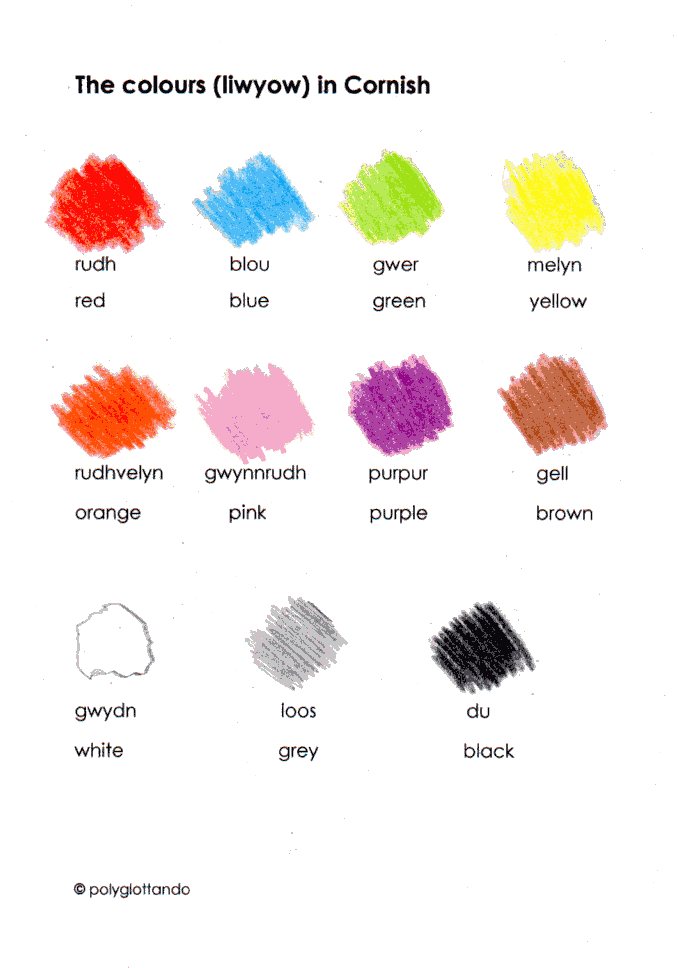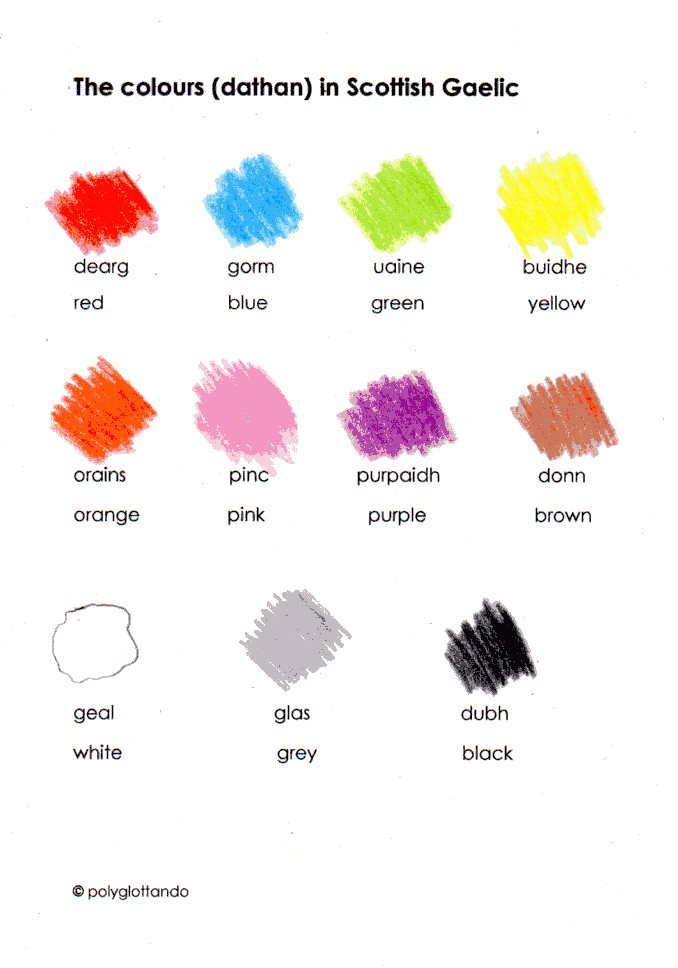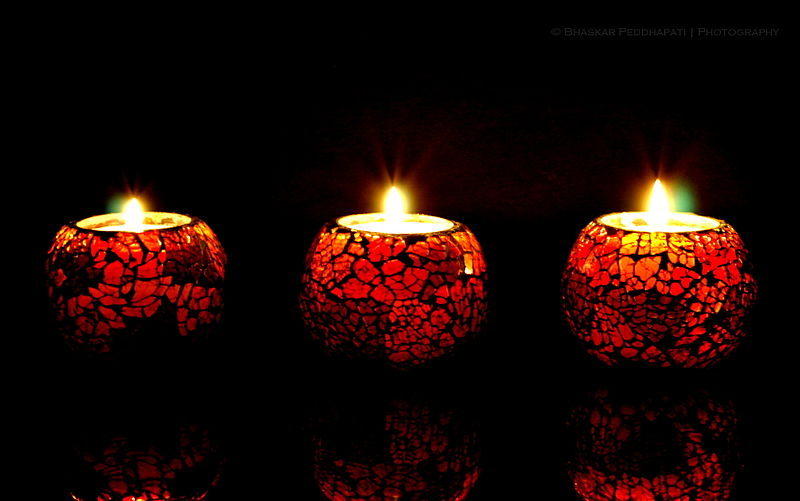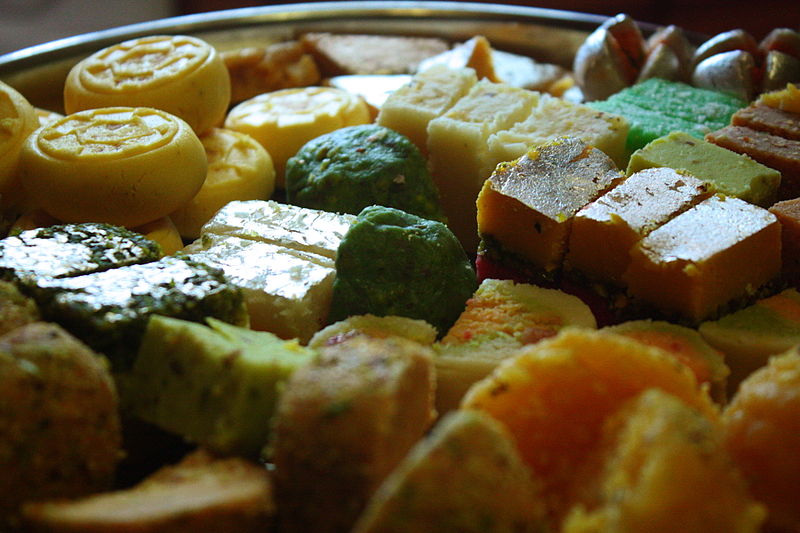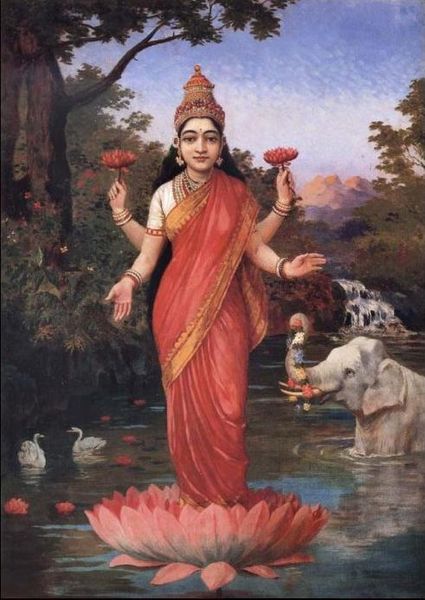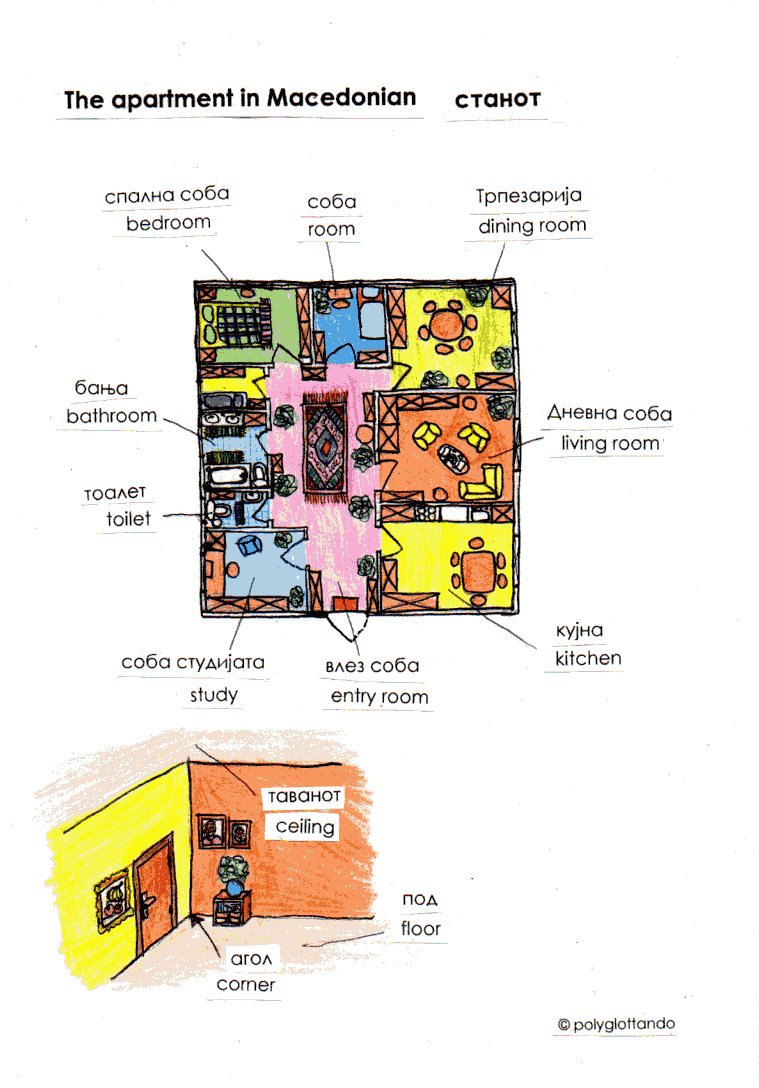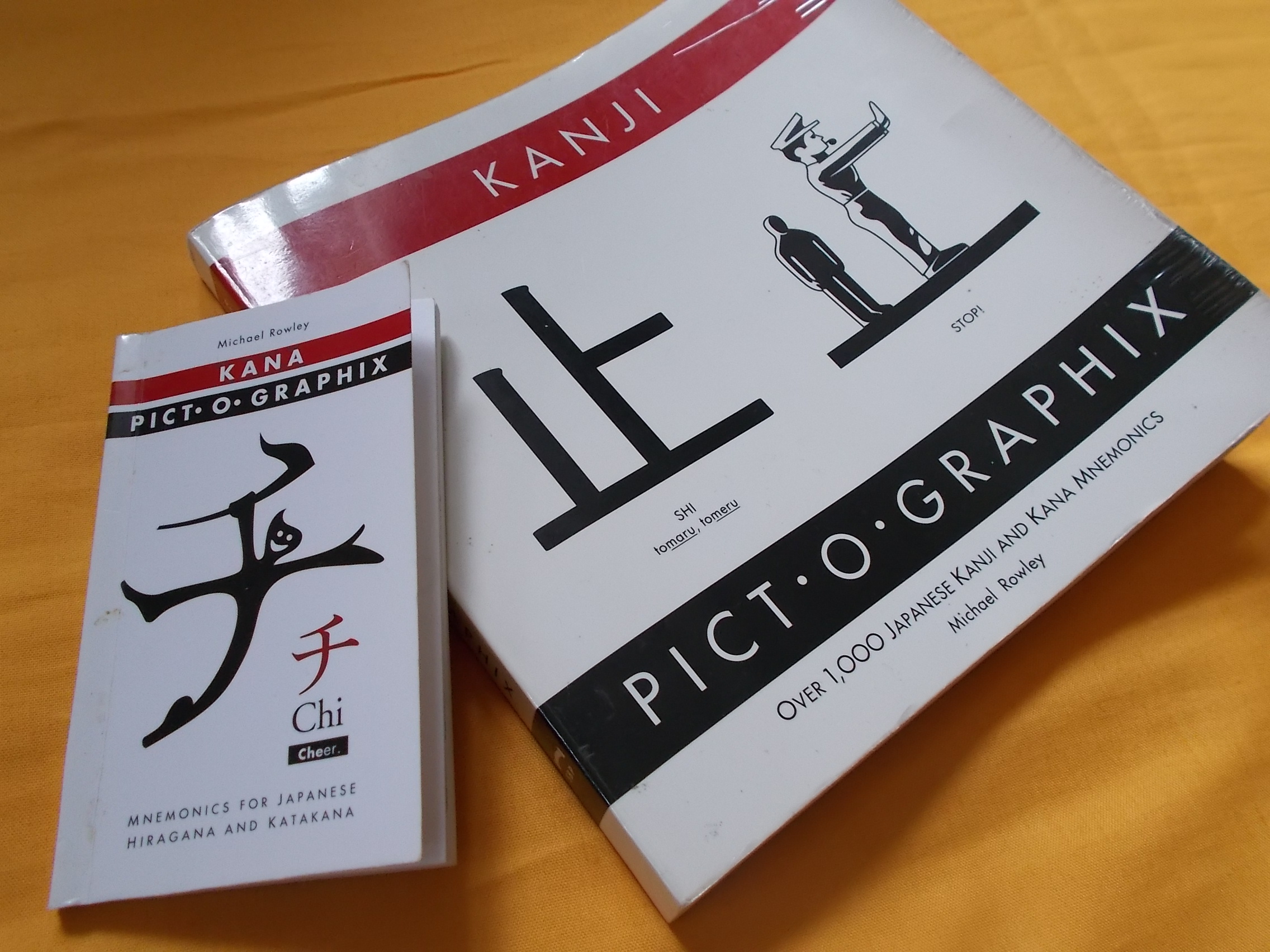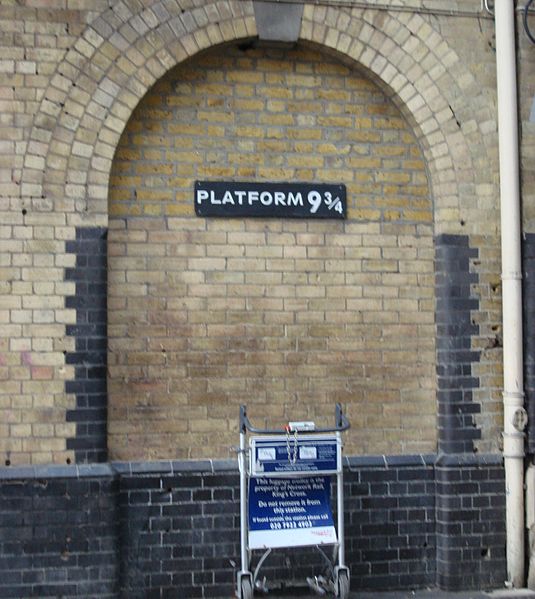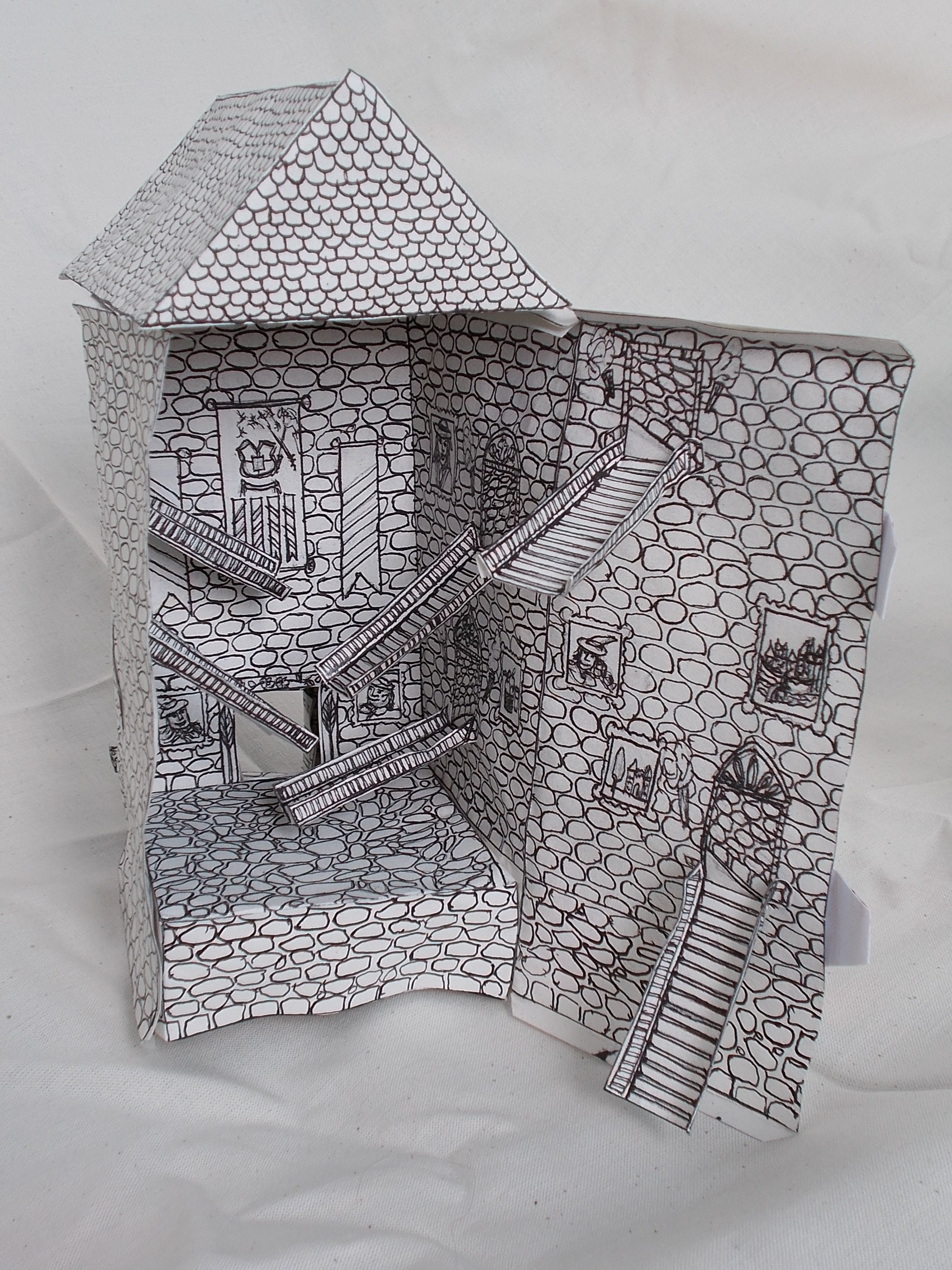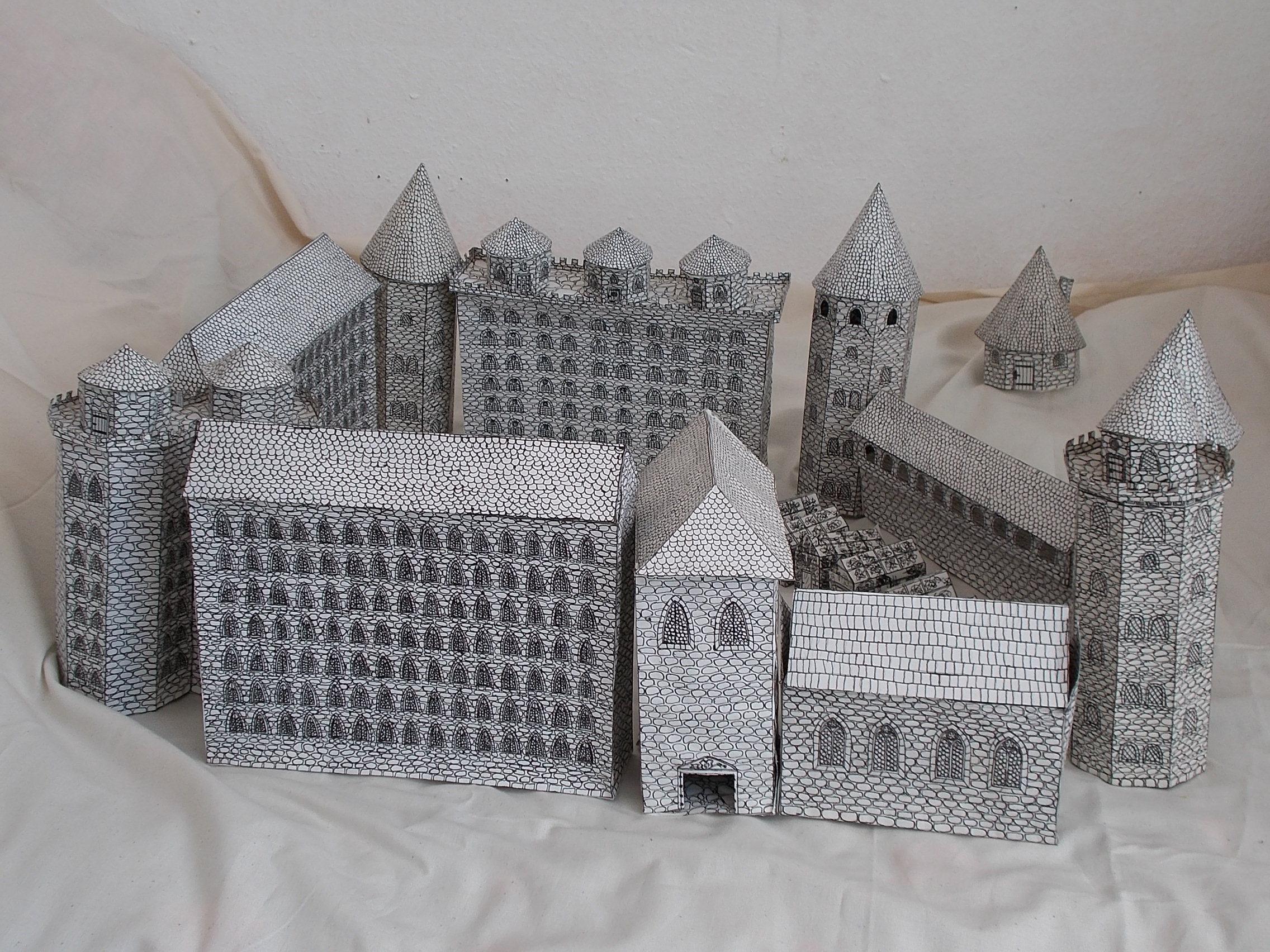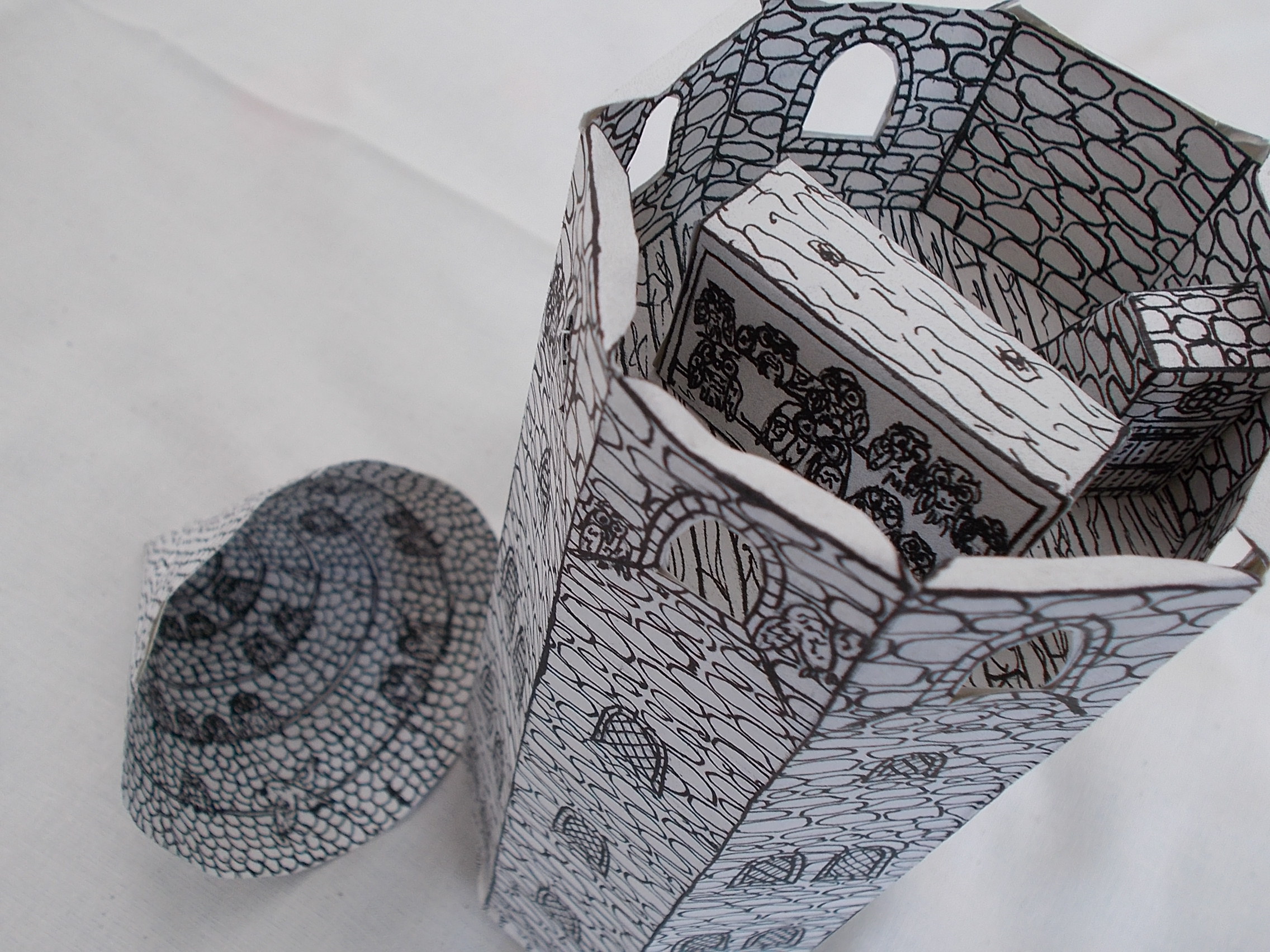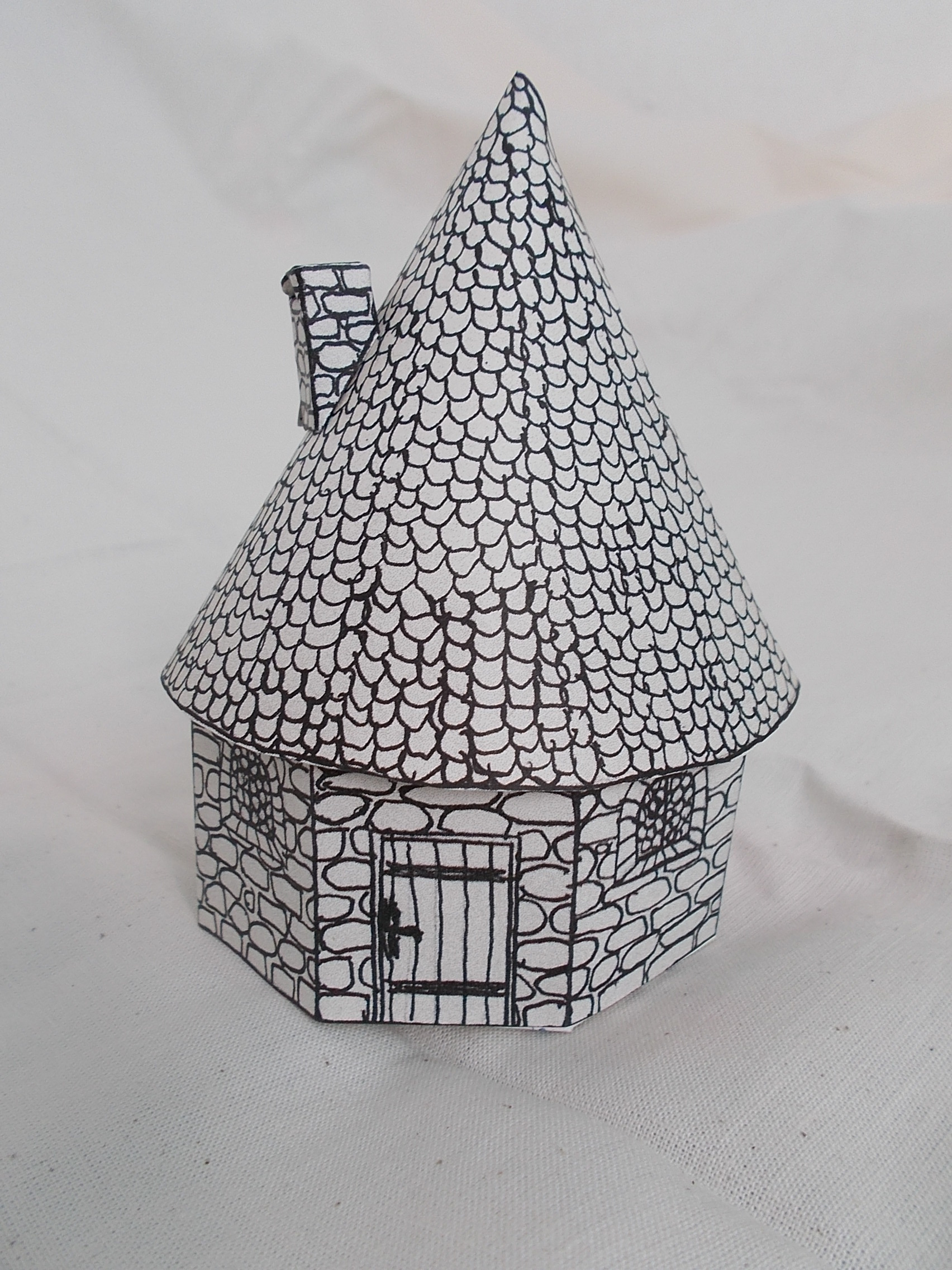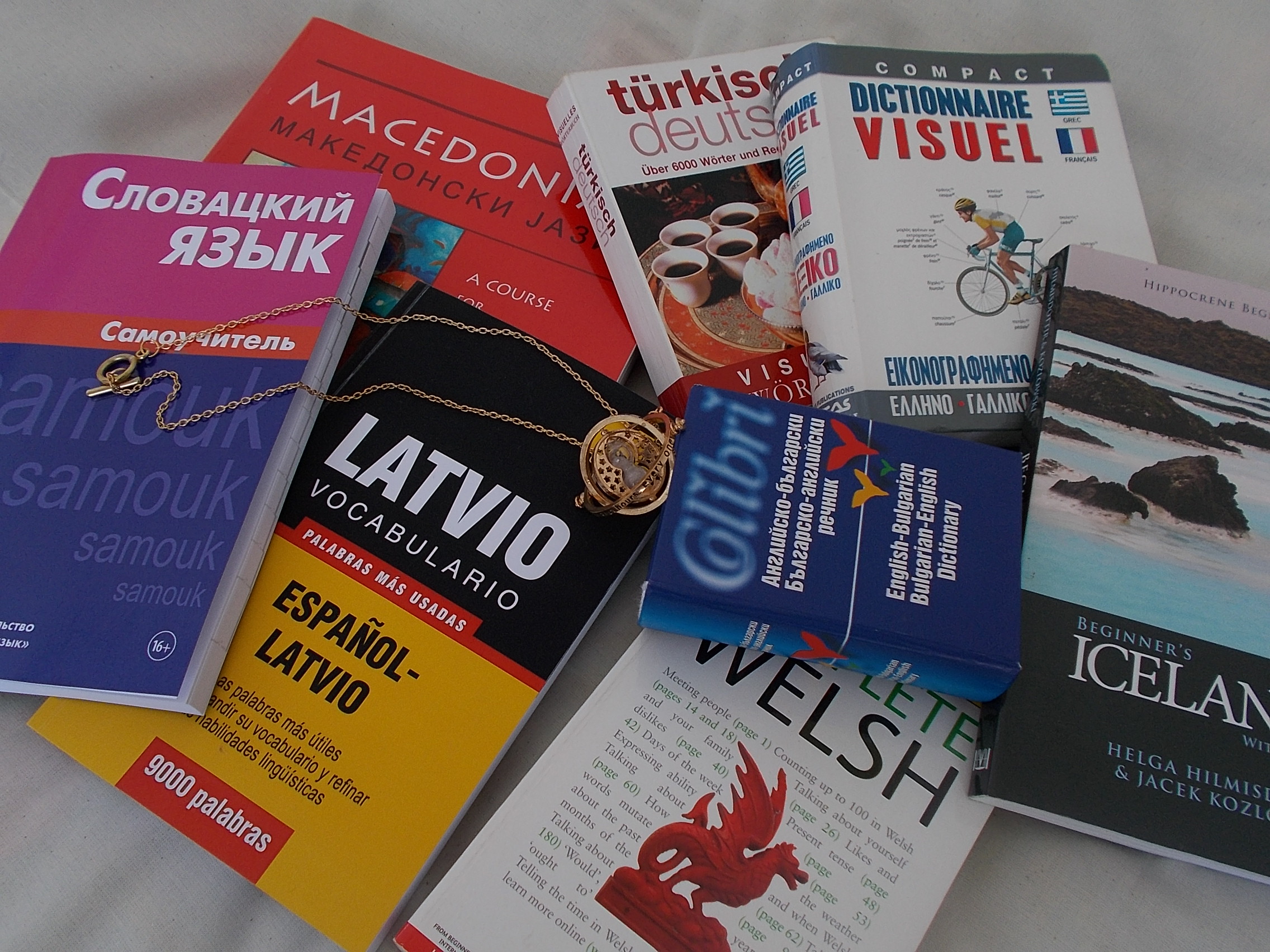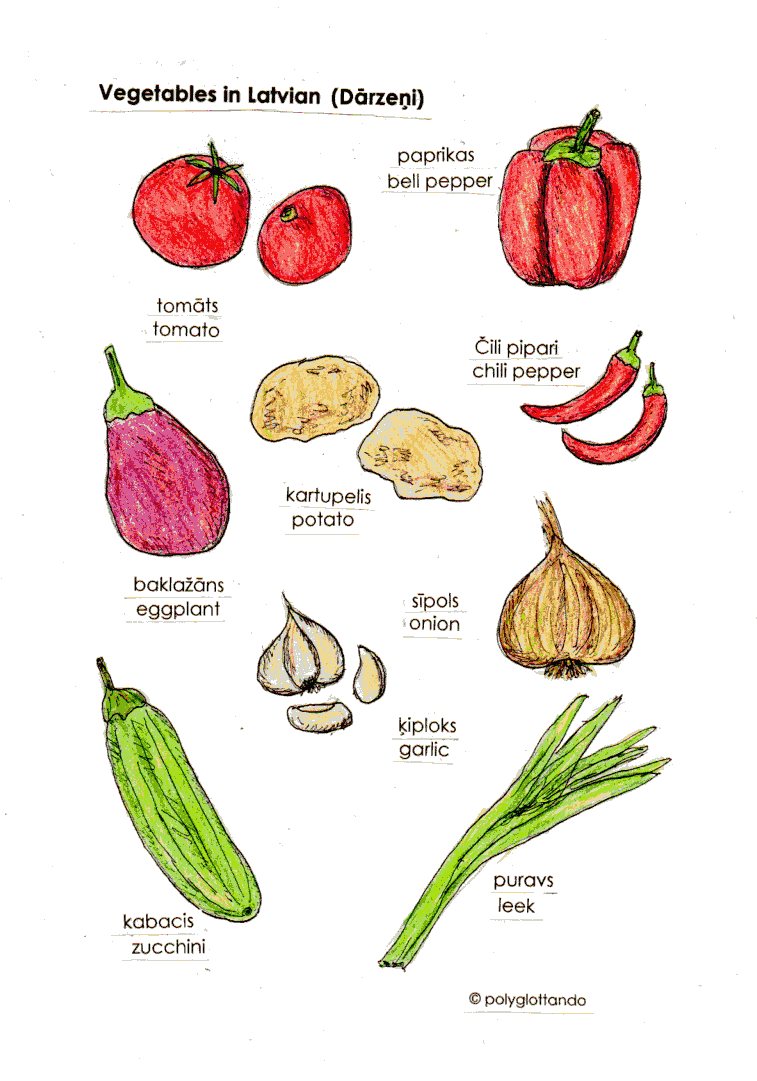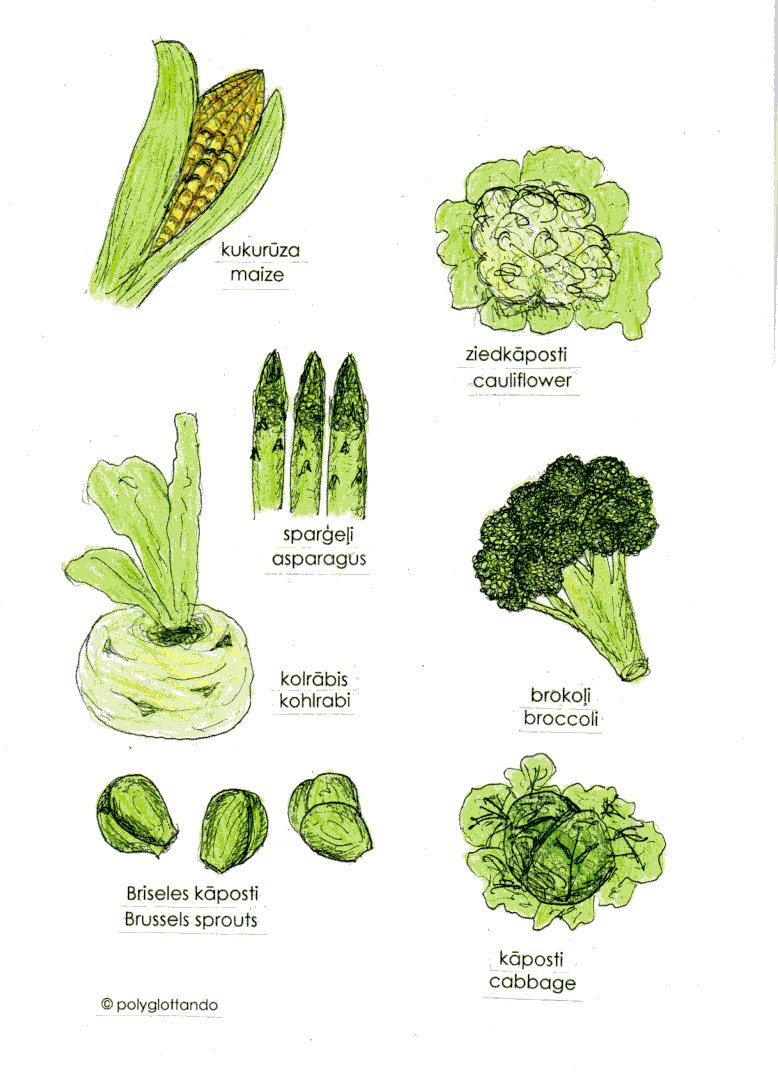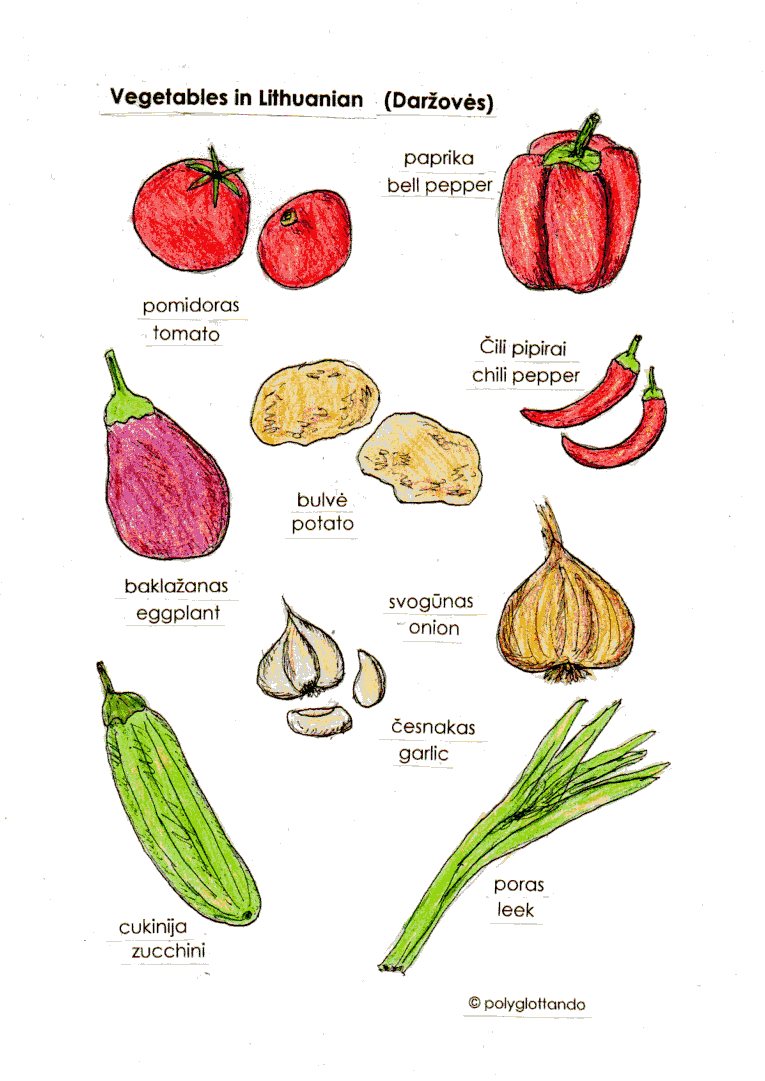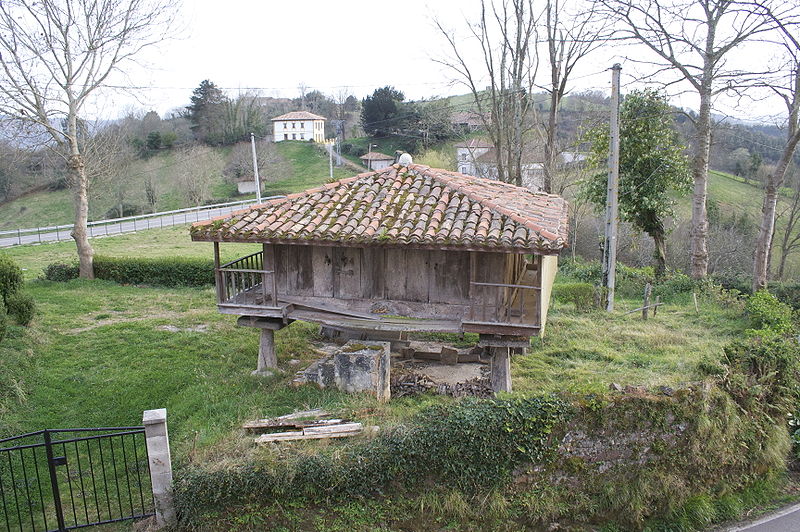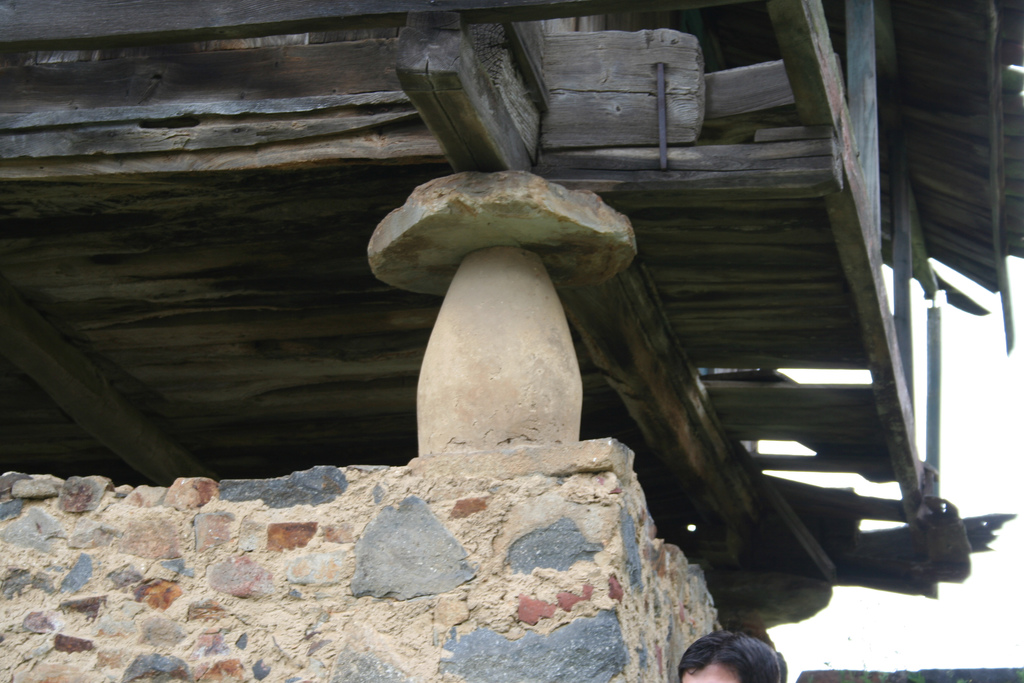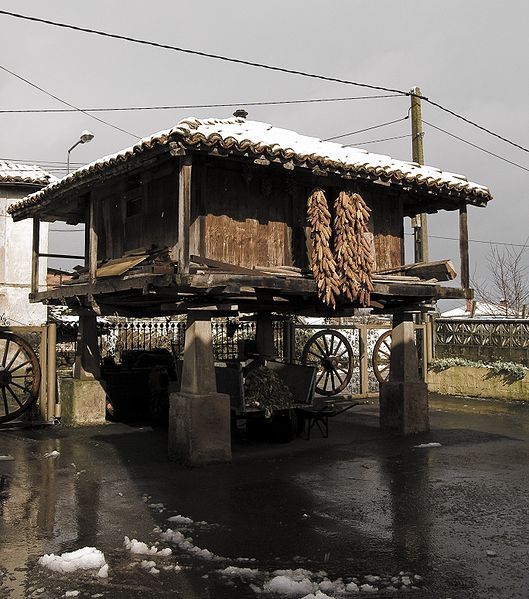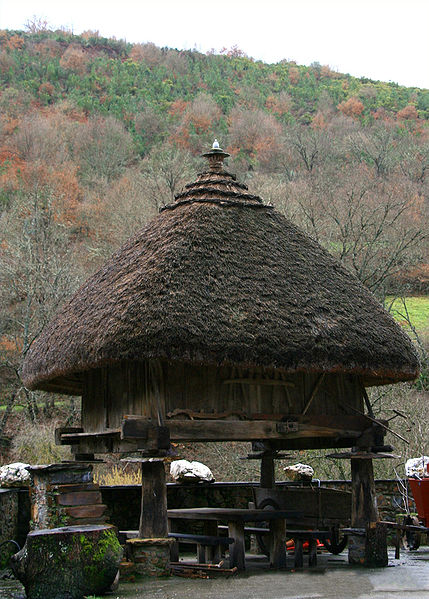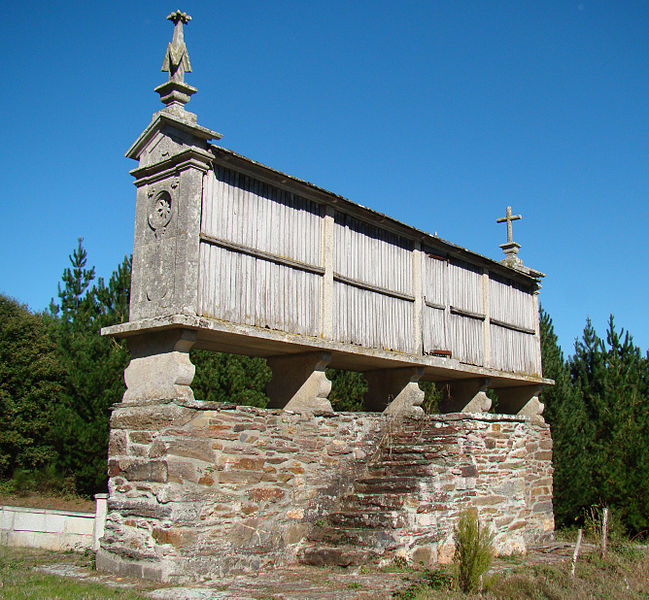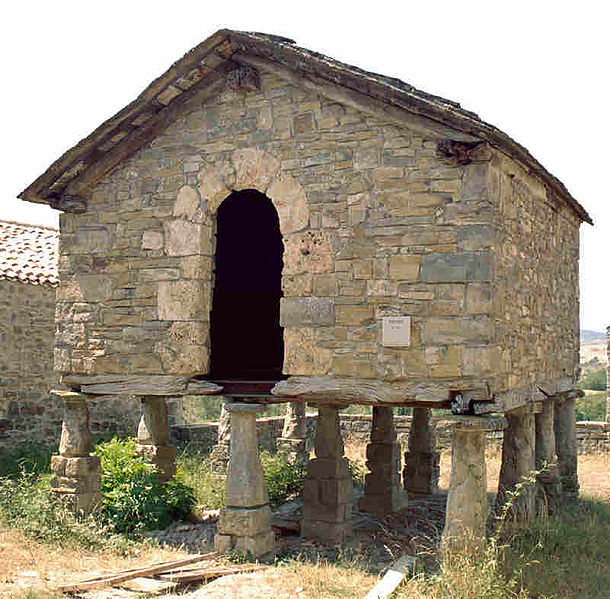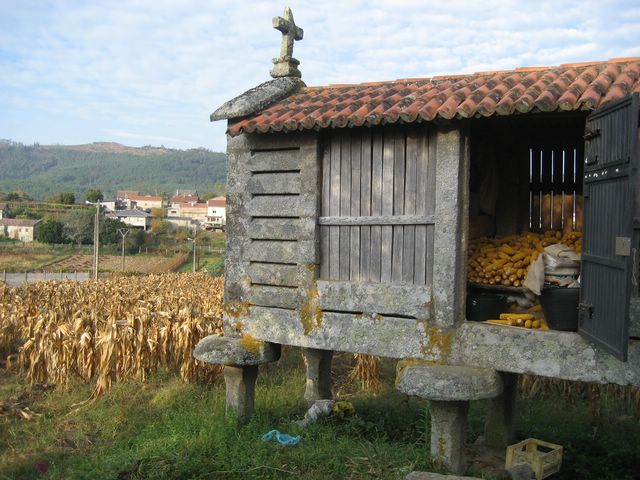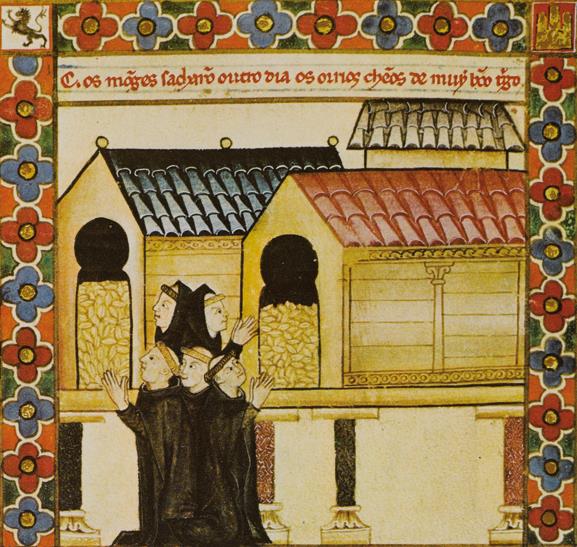Today’s blog post is taking us to the British Isles and to the Celtic languages still spoken there. I am going to share the vocabulary for the colours in 4 different Celtic languages, namely the two Goidelic languages Irish Gaeilge and Scottish Gaelic Gàidhlig, and the two Brittonic languages Welsh Cymraeg and Cornish Kernewek, which is spoken in Cornwall.
Tag Archives: #polyglot
Focus on culture: Diwali, the Indian festival of lights
Today’s blog post is taking us to South Asia and to the Indian festival of Diwali (or Deepavali दीपावली, the “festival of lights”) which is celebrated at the end of the Hindu lunar month of Ashvin (आश्विन) and the start of the month of Kartika (कार्तिक), which begins with the new moon in November. Diwali is not only celebrated in India, but also in the Indian diaspora all over the world and is a public holiday in India, Nepal, Pakistan, Sri Lanka, Myanmar, Mauritius, Fiji, Trinidad and Tobago, Guyana, Suriname, Singapore, Malaysia and the Australian territory of Christmas Island.
Diwali is derived from the Sanskrit word Dīpāvali (from dīpa दीप, “light” or “lamp” and āvalī आवली, “series, line, row”), referring to a ‘row or series of lights’, because a central aspect of its celebration includes the display of lights around houses and temples and outside doors and windows.
Deepavali dates back to ancient times and has its origins as a festival after the summer harvest in the month of Kartika (कार्तिक) . The festival is mentioned in Sanskrit scriptures, e.g. the Padma Purana पद्म पुराण and the Skanda Purana स्कन्द पुराण dating from around 750 -1000 CE, which are based on a core text from an earlier era.
Diwali is a five-day festival, which begins two days before the night of Diwali – the night of the new moon and therefore the darkest night – and ends two days later, but preparations for Diwali begin days or weeks in advance. In the weeks before Diwali night, people clean and decorate their homes and offices for the festivities, and it is also one of the biggest shopping seasons in the countries where it is celebrated. People buy new clothes for themselves and gifts for family members and friends, as well as special sweets, called mithai मिठाई, dry fruits and seasonal and regional specialties. Deepavali is one of the happiest holidays that brings family and friends together every year and it is also a period when children are told ancient stories, legends, and myths about battles between good and evil or light and darkness from their parents and elders.
Diwali night, the night of the new moon and darkest night of autumn, is lit with diyas दीपक, candles and lanterns. A diya (also called divaa, deepa, deepam, or deepak दीपक) is an oil lamp, usually made from clay, with a cotton wick dipped in ghee घी or vegetable oils.The diyas are mentioned in the Skanda Purana स्कन्द पुराण to symbolically represent parts of the sun, the cosmic giver of light and energy to all life, who seasonally transitions in the month of Kartik.
On Deepavali night, people dress up in new clothes or their best outfit, light up diyas (oil lamps and candles) inside and outside their home and participate in family puja पूजा (prayers), usually to Lakshmi लक्ष्मी, the goddess of wealth and prosperity. Afterwards, fireworks (patakhe) follow, then a family feast including mithai (sweets), and an exchange of gifts between family members and friends. However, there are significant variations in regional practices and rituals.
Another custom during Diwali is to create rangoli and other patterns on floors near doors and walkways as sacred welcoming areas for Hindu deities. Rangoli रंगोली, also known as kolam or muggu, is an Indian folk art in which patterns, often geometric but also representational ones, are created on the floor in rooms or courtyards using natural materials such as colored rice, dry flour, turmeric (haldi हल्दी), vermillion (sindoor सिन्दूर), colored sand, flower petals, charcoal, burnt soil or wood sawdust. Some major symbols are the lotus flower and its leaves, mangoes, fish, different kind of birds like parrots, swans, peacocks, and human figures and foliage. Some special patterns for Diwali also include Ganesha or Lakshmi. Many of these motifs are traditional and are handed down by the previous generations.
Deepavali is an important festival for Hindus. The name of festive days as well as the rituals of Diwali vary significantly among Hindus, based on where they live.
In many parts of India, the festivities start with Dhanteras धनतेरस (in the Northern & Western part of India). This includes the cleaning and decoration of the houses, as well as the creation of rangoli. This day also marks the birthday of Lakshmi – the Goddess of Wealth and Prosperity, and the birthday of Dhanvantari – the God of Health and Healing. On the night of Dhanteras, diyas are ritually kept burning all through the night in honor of these two deities.
The second day of Diwali is Naraka Chaturdashi नर्क चतुर्दशी on which rangoli are created, and in some regions people take a ritual fragrant oil bath, and participate in minor pujas (prayers).
The main festivities of Deepavali are on the third day, with people wearing their best outfits, feasting and fireworks at night. (see above)
It is also the day on which Lakshmi Puja लक्ष्मी पूजा – prayers to the goddess Lakshmi – take place, since Lakshmi is believed to roam the earth on Diwali night. On the evening of Diwali, people open their doors and windows to welcome Lakshmi, and place diya lamps on their windowsills and balcony ledges to invite her in. On this day, also mothers are recognized by the family as they are seen to embody a part of Lakshmi, and of the good fortune and prosperity of the household. Diyas are also set adrift on rivers and streams. The day is also an occasion to recognize relationships and friendships by visiting relatives and friends and through the exchange of gifts and mithai (sweets).
The fourth day of the festivites is known as Diwali Padva or Bali Pratipadā बालि प्रतिपदा and is dedicated to the wife–husband relationship, in which spouses exchange gifts.
The Diwali festivities end with Bhai Dooj भाई दूज (“Brother’s second”), which is dedicated to the sister–brother bond, on the fifth day. The day emphasizes the love and lifelong bond between siblings: women and girls get together to perform a puja (prayers) for the well-being of their brothers, and afterwards they have a sumptuous feast with their brothers.
Deepavali is also linked to the celebration of Lakshmi, the goddess of wealth and prosperity, and wife of the god Vishnu. Deepavali begins on the day Lakshmi was born from the churning of the cosmic ocean of milk by the gods and the demons; the night of Deepavali is the day Lakshmi chose Vishnu as her husband and then married him. Along with Lakshmi, devotees make offerings to Ganesha who symbolizes ethical beginnings and is a fearless remover of obstacles; Saraswati who symbolizes music, literature and learning; and Kubera who symbolizes book keeping, treasury and wealth management.
Vocabulary: The apartment in Bulgarian, Macedonian and Albanian
Survival vocabulary in Bulgarian
Today’s blog post is taking us to South Eastern Europe, namely to Bulgaria and Bulgarian, which happens to be one of my favorite languages 😀 .
Here is some survival vocabulary:
Hello! Здравейте!
Goodbye! Сбогом! or Довиждане!
Thank you! Благодаря!
You are welcome! Моля!
Please Моля!
My name is…/I am… Моето име е….. or: аз съм….
What’s your name? какво е вашето име?
Where is….? Къде е…?
I don’t understand. Аз не разбирам.
Do you speak…? …English/Bulgarian Говорите ли …? ….английски/български
How to learn Japanese characters with visual mnemonics or visual clues
Today’s blog post is about Japanese again, this time about how to learn the Kana and Kanji characters easily with visual mnemonics. I’d like to introduce and review two books that I found very useful for learning and memorizing the characters, especially for strongly visual learners like I am. The books are entitled Kanji Pict-o-Graphix: Over 1,000 Japanese Kanji and Kana Mnemonics and Kana Pict-o-Graphix, both by Michael Rowley.
When I started to learn Japanese several years ago, I found it really very difficult to memorize the Kana syllabaries and kept forgetting the characters, and was unsuccessful in learning them for weeks. Until I came across the tiny booklet ‘Kana Pict-o-Graphix’, which helped me to learn both syllabaries in just two days (!), after having tried for so long! The strong point about the book is that it presents not only the character in a visual way, which in itself is really helpful for committing characters to memory, but it also provides a sentence with a clue on how to pronounce the Kana-character. This combined method really helps to retain the characters for a long time.
The book also exists for learning the Kanji, ‘Kanji Pict-o-Graphics’, and introduces about 1000 characters of the mandatory 1954 Japanese characters required for being able to read texts. Each basic character is rendered with a visual picture, which it also (mostly) retains in compound characters that follow which the book introduces. Each cluster of pictures for a character is then followed by a sentence that combines the elements into a small ‘story’ or memorable sentence, which helps you to recall them later on when you come across them again.
Here you can have a look inside the book: http://www.amazon.co.uk/dp/0962813702
I also use the 3 books ‘Remembering the Kanji’ by James W. Heisig, which have their own strengths and are more comprehensive, and which most learners use, but for me as a very visual learner using the ‘Pict-o-Graphix’ book is much easier to efficiently learn, retain and revise the Kanji.
The vocabulary of Harry Potter – part 2
Today’s blog post takes up the topic of the last blog post, namely the vocabulary of the Harry Potter books in some further languages 🙂 .
Catalan
In Catalan, Harry goes to L’Escola Hogwarts de Màgia i Bruixeria and takes part in the Triwizard Tournament or el Torneig de Tres Bruixots in Book 4. Moaning Myrtle is known as Gemma Gemec, and Dumbledore’s Army is l’Exèrcit de Dumbledore. Horcruxes are horricreus and the Death Eaters are els cavallers de la mort. The Weasleys live in ‘El Cau‘ (The Burrow).
The Ministry of Magic is called la Conselleria d’Afers Màgics and the young Voldemort is called Tod Rodlel instead of Tom Riddle. (For those among you speaking German, Tod means death or ‘mort’ in German, so it is an interesting translation for his name in Catalan from a multilingual perspective!).
Croatian
In Croatian, Harry attends the Škola vještičarenja i čarobnjaštva Hogwarts and likes to play metloboj or Quidditch. The subject Herbology is Travarstvo and Čarolije is Charms. Diagon Alley in London is known as Zakutna Ulica and the Forbidden Forest is the Zabranjena šuma and the Shrieking Shack is the Vrištava daščara. Werewolves are vukodlaci and the Smrtonoše are the Death Eaters. Fluffy, the three-headed dog from Book 1, is called Bundi.
Turkish
In Turkish, Harry attends Hogwarts Cadılık ve Büyücülük Okulu where the seçmen şapka or the Sorting Hat puts him into Gryffindor. Nearly Headless Nick is Neredeyse Kafasız Nick. The Forbidden Forest is Yasak Orman. A hortkuluk is a horcrux. The Ministry of Magic is the Sihir Bakanlığı and Diagon Alley is Diagon Yolu. The Weasleys live in the Kovuk instead of in the Burrow.
Permission to use the photos of the paper castle was kindly granted by the people from Ecoturtleupcycling, and it is available in their Etsy-shop (https://www.etsy.com/shop/EcoTurtleUpcycling?ref=pr_shop_more)
The words of ‘Harry Potter’ in various languages
Today’s blog post is about the words of ‘Harry Potter’ in various languages and how the different characters and places in the books are called in translations of the books around the world. 🙂
French
Hogwarts castle is called Poudlard in French and Muggles are les Moldus. The 4 houses are: Gryffondor (Gryffindor), Serpentard (Slytherin), Poufsouffle (Hufflepuff), and Serdaigle (Ravenclaw). Severus Snape is called ‘Severus Rogue‘ and Draco Malfoy is ‘Drago Malefoy’. Hogwart’s caretaker Argus Filch is called Rusard and his cat Mrs Norris is ‘Miss Teigne‘. The Death Eaters are les Mangemorts and the Dementors are les Détraqueurs. Le Choixpeau magique is the Sorting Hat. House elves are les elfes de maison. The Whomping Willow is le saule cogneur.
Famous places: Le Chemin de Traverse (Diagon Alley), Le Chaudron Baveur (the Leaky Cauldron), la voie 9 3/4 (platform 9 3/4)
Afrikaans
Hogwarts is called Hogwarts Skool vir Heksery en Towerkuns, Hermione is called Hermien, Snape is Snerp, Dumbledore is Dompeldorius, the Burrow is die Konynenes, Quidditch is Kwiddiek and Diagon Alley is Diagonaalstraat. Moggels are Muggles and the 4 houses are: Griffindor, Hoesenproes (Hufflepuff), Rawenklou and Slibberin (Slytherin).
German
Hermione is called Hermine in the German version, Diagon Alley is Winkelgasse, the Death Eaters are die Todesser, the Pensieve is the Denkarium and the Burrow is der Fuchsbau and Honeydukes is der Honigtopf.
Dutch
In the Dutch version, most magic places and persons get a Dutch term that is different from the English original: thus, Hogwarts is called Zweinstein Hogeschool voor Hekserij en Hocus-Pocus and Harry’s friends are called Ron Wemel and Hermelien Griffel. Draco Malfoy is Draco Malfidus, Marcel Lubbermans is Neville Longbottom. The teachers: Albus Dumbledore is Albus Perkamentus, Professor McGonagall is Professor Anderling and Snape is Sneep. The Death Eaters are de Dooddoeners. Harry lives in Ligusterlaan nummer 4 with de Duffelingen (the Dursleys). Diagon Alley is de Wegisweg and the magic bank Gringotts is Goudgrijp. Muggels are Dreuzels. The 4 houses are Griffoendor, Zwadderich (Slytherin), Ravenklauw and Huffelpuf. Quidditch is Zwerkbal and the Sorting Hat is de sorteerhoed.
Italian
In the Italian translation, Harry goes to la Scuola di Magia e Stregoneria di Hogwarts where Albus Silente (Dumbledore) is the headmaster and where Severus Piton (Snape) and Miverva McGranitt (McGonagall) teach. Binario 9 e 3/4 is Platform 9 3/4 and il Paiolo Magico is the Leaky Cauldron and il Platano Picchiatore is the Whomping Willow.
I Babbani are the Muggles, i Mangiamorte the Death Eaters, i Dissenatori the Dementors and La Tana is the Burrow. Neville Paciock is Neville Longbottom, Horace Lumacorno is Horace Slughorn and Sibilla Cooman is Sibyll Trelawney (why she was given this pseudo-English name is a bit of a mystery though…?) . The 4 houses are: Tassorosso (Hufflepuff), Corvonero (Ravenclaw), Serpeverde (Slytherin) and Grifondoro (Gryffindor).
Czech
Also in the Czech version, just like in the Dutch translation, nearly all Hogwarts-related vocabulary gets a Czech term: Hogwarts is called Bradavice or with its full name Škola čar a kouzel v Bradavicích. The 4 houses are Nebelvír (Gryffindor), Mrzimor (Hufflepuff), Havraspár (Ravenclaw) a Zmijozel (Slytherin). Professor Dumbledore is called Albus Brumbál, Professor Gilderoy Lockhart is called Zlatoslav Lockhart, Professor Sprout is Professor Prýtová, Professor Flitwick is Filius Kratiknot and Professor Slughorn is Horácio Křiklan.
Spanish
Hogwarts is called Colegio Hogwarts de Magia y Hechicería and the Weasleys live in la Madriguera (the Burrow) and Diagon Alley is el Callejón Diagon. The Weasley twins work at Sortilegios Weasley (Weasleys Wizard Wheezes) and the Leaky Cauldron is el Caldero Chorreante. The Death Eaters are los Mortífagos, and Dobby is un elfo doméstico. The Marauders’ Map is el Mapa del Merodeador and the Sorting Hat is el Sombrero Seleccionador. Legilimency is known as legeremancia, a Pensieve is un pensadero and a Howler is una carta vociferadora.
Bulgarian
In the Bulgarian version, the Hogwarts-related terms largely keep their English names, and are only transliterated. So the 4 houses are: Грифиндор (Gryffindor), Слидерин (Slytherin) , Хафълпаф (Hufflepuff) and Рейвънклоу (Ravenclaw). Lord Voldemort is Лорд Волдемор. The Marauders Map is the Хитроумна карта, the Shrieking Shack is the Къща на крясъците and Honeydukes is Меденото царство.
The great DIY paper castle in the photos is available from the friendly blog over at Ecoturtleupcycling https://www.etsy.com/shop/EcoTurtleUpcycling and permission to use the photos was granted.
How to learn languages time-efficiently
Today’s blog post is about time efficiency in language learning. Learning, and keeping up, multiple languages does not necessarily take up a lot of time. Much more important for any success in language learning is a clever use of the time you have at your disposal, not the ‘free’ time you have overall each day. The secret is to use the time which would otherwise go ‘unused’ or be lost in trivial daily activities, like grocery shopping, commuting, manual activities like housework or gardening, etc. and make it available for language learning. This is actually quite easy and does not require any special skills or methods.
1. When you are doing housework, cooking or performing similar manual tasks like gardening or making crafts, etc. listen to an audio course or a course CD that accompanies a textbook. This will train your listening comprehension while you go about your daily chores.
2. When out and about, carry a list with vocabulary to be learned with you. Learn the words when you have to wait for the bus, train or other transport or when you have to stand in line at the supermarket or while waiting in a waiting room – in short, learn them during the minutes that would otherwise be ‘lost’. These will add up over time!!
3. Learn or practise two languages at the same time by using textbooks and learning materials written in a language other than your native tongue. This only works when you already speak a language at least at an upper intermediate level, or better: at an advanced level, because you will need to understand nearly everything when using these materials to learn a new language. By learning in this way, the language you already speak will be reinforced and practised while learning a new language at the same time 🙂 .
4. Follow your usual pastimes or hobbies, but do it in your target language. For example, watch that movie you want to see or read that book you want to read in your target language instead of in your native language. Read the news in your target language. So while doing these ordinary daily activities, you will practise your language skills at the same time.
These extra minutes of language learning might seem negligible or like ‘nothing’, but they will add up over time. If you just make some extra 5 minutes for your language learning available each day in this way, this will be an extra hour spent practising your target language each week! 🙂
Latvian and Lithuanian: Vegetables
Focus on architecture: Hórreos (Galicia, Asturias, Northern Portugal, Basque Country)
Today’s blog post is taking us to the North of the Iberian Peninsula and to a type of building typical for that region: the hórreos. A hórreo is granary built on pillars which lift it above the ground to protect the stored grain and produce from water seepage. The pillars are topped by the so-called ‘staddle stones’ which prevent the access of rats and vermin. The oldest hórreos still in existence date from the 15th century. There are about 18,000 hórreos and paneras (hórreos with more than four pillars) in Asturias. There are several different types of hórreo, which vary according to the materials used for the pillars and decoration and the characteristics of the roof (thatched, tiled, slate, pitched or double pitched). Hórreos can be built in stone or made from wood and slits in the side walls allow ventilation.
Hórreos are known under different names, according to their region: In Galicia, they are called hórreo, paneira, canastro, piorno or cabazo, in Asturias hórreu or horru, in Basque they are called garea, garaia or garaixea and in Portugal espigueiro, canastro, caniço or hôrreo.
Also the staddle stones, which protect the grain from rodents, have different regional names: mueles or tornarratas in Asturian, zubiluzea in Basque and vira-ratos in Galician. The pillars are called pegollos in Asturian, esteos in Galician, and abearriak in Basque.

